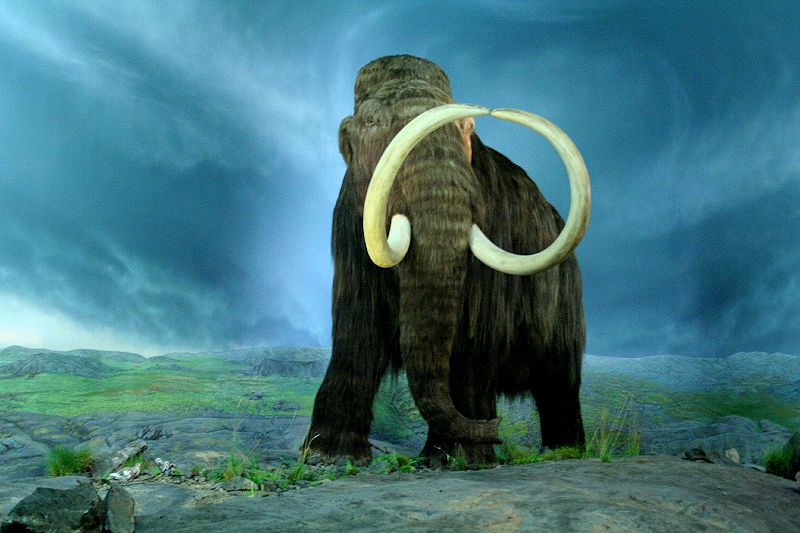
One of my all time favourite extinct animals has to be the Wooly Mammoth so of course I was going to take this opportunity to explore their interesting history. Living up in the Yukon has given me an even greater appreciation of this giant beast. The Yukon Beringia interpretive Centre here in Whitehorse has some amazing information on these beautiful creatures that lived just north of here as few as 10 000 years ago. Grab your coat since we are heading back to the Ice Age for this Wild Fact.
The Wooly Mammoth is a large animal but surprisingly not much taller than present day Asian Elephants. Although, the Wooly Mammoth was heavier and in my opinion cooler than the Asian Elephant. In fact they were so cool living up in the Arctic Tundra that they had several adaptations to deal with the cold. Obviously their thick shaggy fur complete with a nice warm under layer is their first defense against the cold. Their outer layer of fur could grow as long as 1 m (3′) while their inner layer was a soft “wool” texture. Basically, they had very similar fur as the Muskox. Another adaptation was their smaller appendages such as their ears. The largest Wooly Mammoth ear found to date was only 30 cm (12″) long which sounds pretty big but is nothing compared to the 180 cm (71″) long ears of the Asian Elephant. These smaller appendages helped prevent unnecessary heat loss. Their skin was similar to elephants but they had numerous glands that secreted an oily substance into their fur which increased the insulation factor and made them very messy to pet. They had many other adaptations such as blubber, high-peaked heads and mutated hemoglobin (their blood was adapted to the cold).
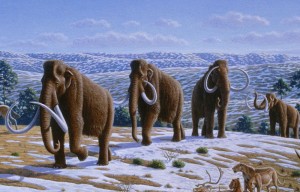
Similarly, one of their other most obvious features may have also been an adaptation to their environment. Their 5 m (16′) long tusks may have been used to clear snow away from the ground so they could get to the frozen vegetation underneath. How cool would it be to use a Wooly Mammoth to shovel your driveway in the morning. I wouldn’t even care if the snow plow came by just as I finished shoveling.
Unfortunately these mammoths went extinct as temperatures warmed and their habitat was lost. Wait a minute, isn’t that exact same thing happening now? Besides their loss of habitat, hunting pressures from humans also played a role in pushing them over the edge of extinction. They may no longer roam the Tundra but they will always have a place in our museums.
One more extinct animal down with only two more to go before Wild Facts – Extinction becomes extinct itself.

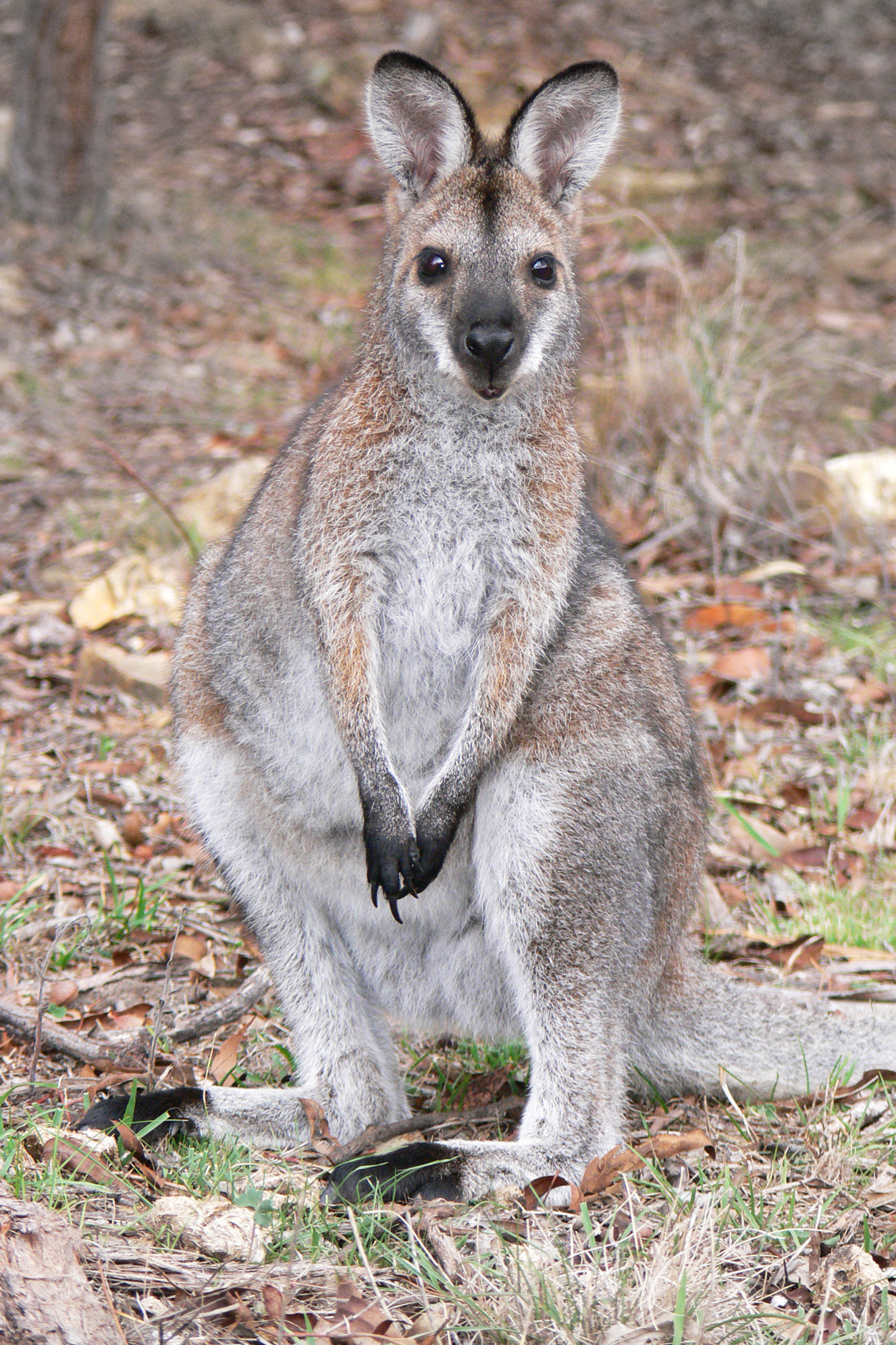
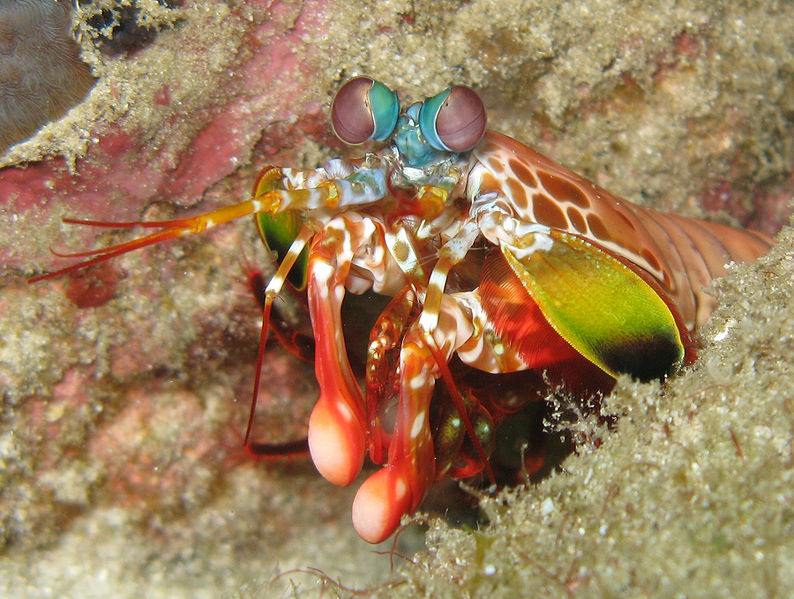
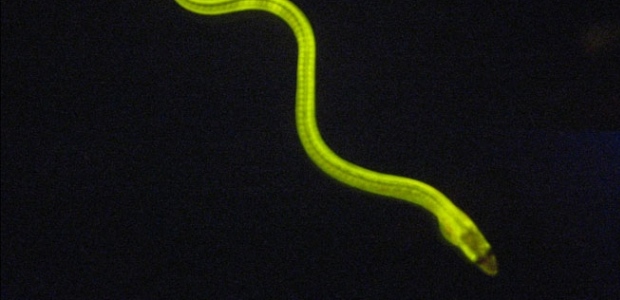
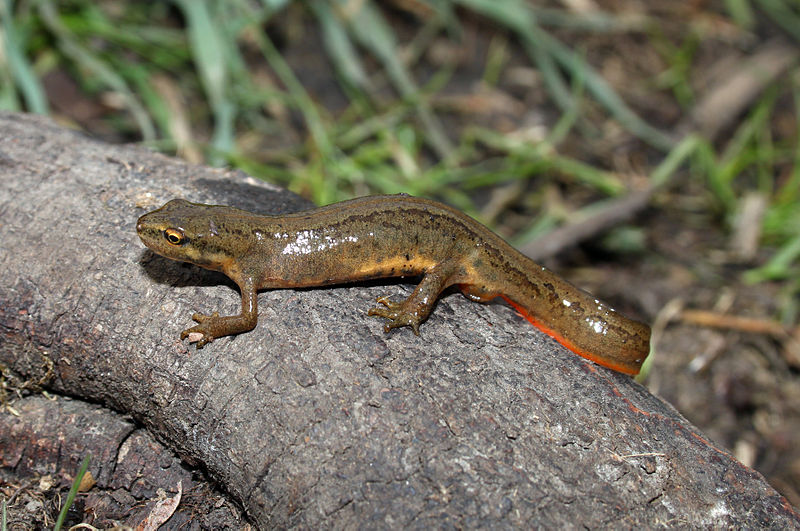
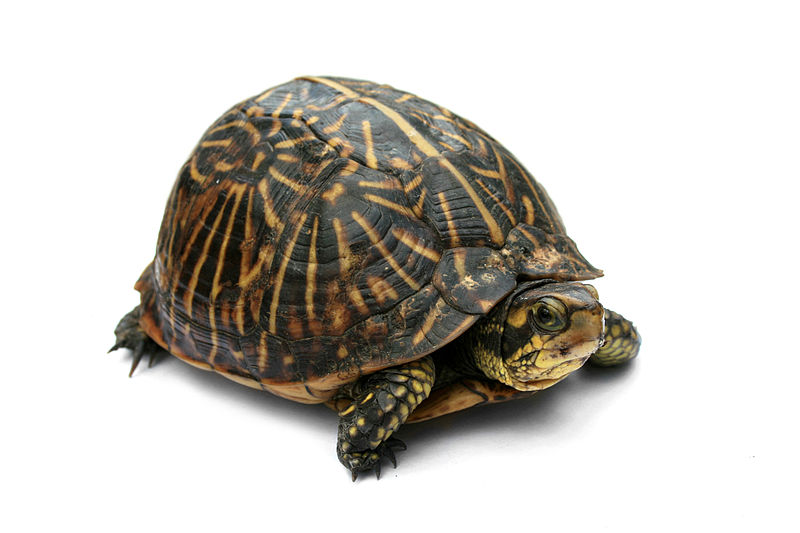
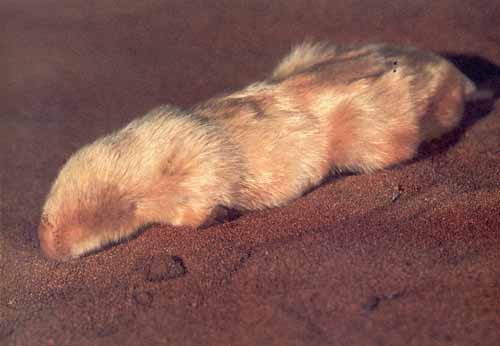
I love elephants, so i imagine I would love the Wooly Mammoth even more. Wonder if they were trainable like their modern counterparts, and could indeed be coerced to shovel my backyard.
I am with you on this one, NP! I think elephants are incredibly fascinating and would have loved to see a live Wooly Mammoth.
That is a good question about them being trainable. I wouldn’t be surprised if they were but who knows. Thanks for the thought provoking question.
@Nathan, Do you know that scientists are going to do an experiment for cloning a mammoth??? They found they’re partslike they’re fur, blood of the wooly mammoth. They’re gonna implant that to a female elephant, then 600 days later, WALA! They’re hoping for if the experiment works like I do too 🙂 And the good part is that they don’t like meat so they wouldn’t really harm us.
I have heard that scientists are working on bringing back these amazing animals. As much as I love the Wooly Mammoth, I have mixed opinions about cloning extinct animals.
On one hand, I would love to see a live Wooly Mammoth and the science behind it is all is fascinating. On the other hand, there are a lot of risks associated with bringing back animals that are necessarily suited for today’s environment. How will it impact the existing ecosystems?
Thanks for visiting Wild Facts and sharing this information.
I don’t think it would be a very wise idea to bring back the Woolly Mammoth. They went extinct for a reason. Plus, if cloned, they would not have a large enough gene pool to breed without serious complications. It would simply result in the second extinction of a grand species.
Amazing point, Hannah!
I definitely agree with you on this one. I don’t think it would be in the best interest of our current ecosystem to bring back the Woolly Mammoth.
Thanks for sharing your insightful opinions.
Nathan